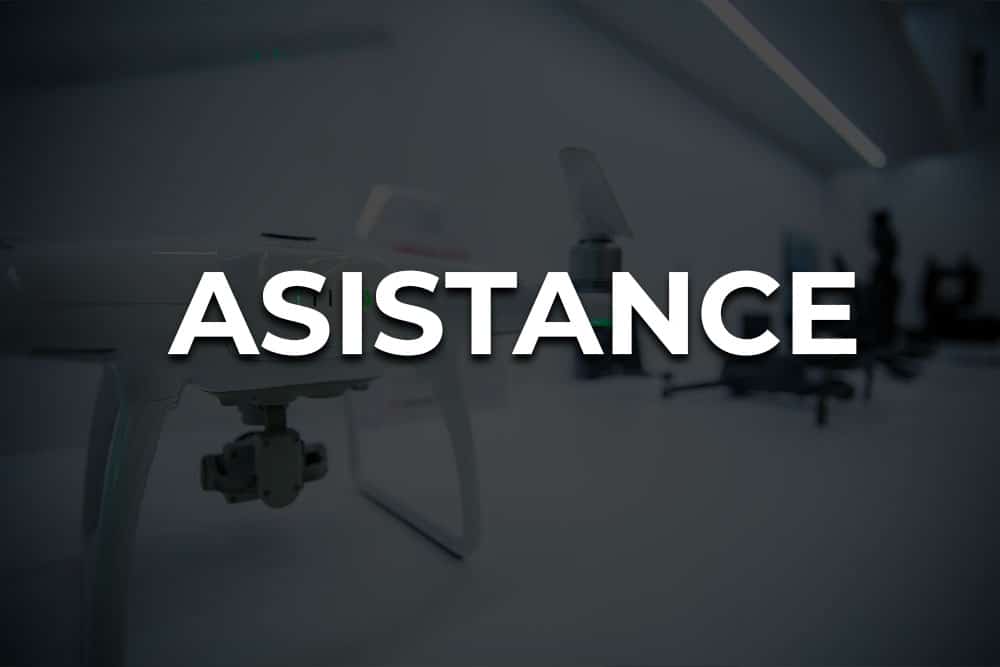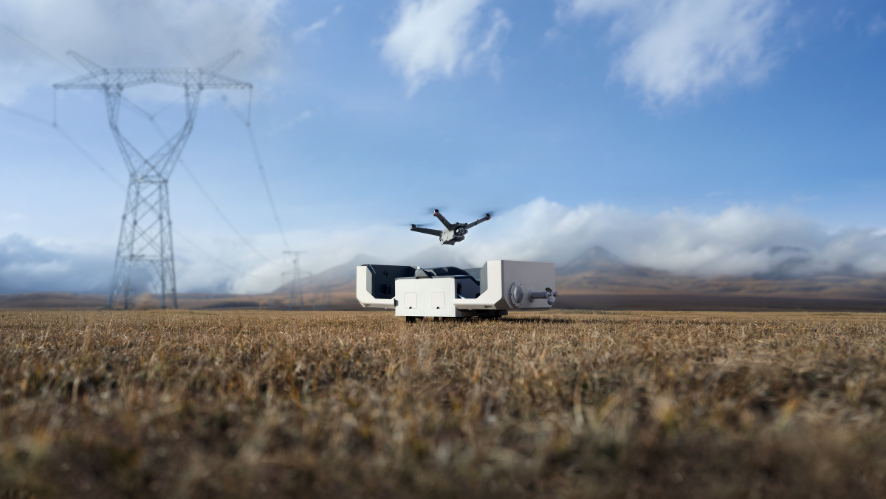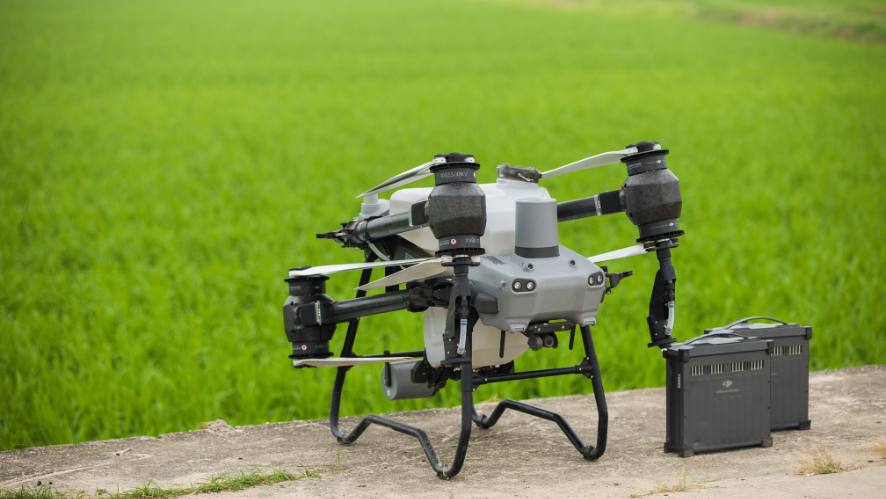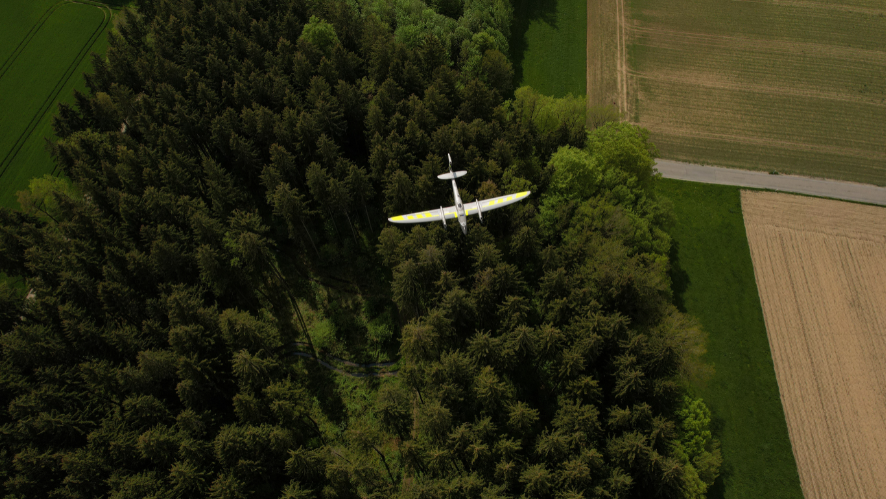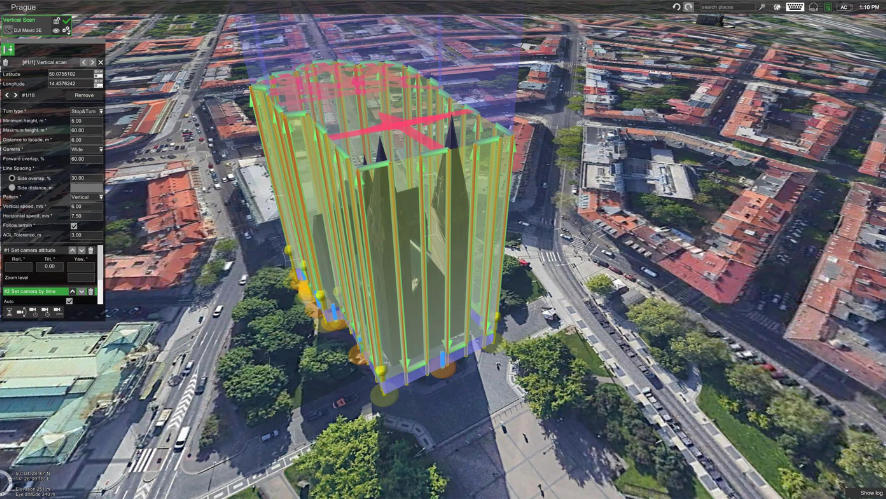ENERGY INDUSTRY WITH DRONES
Internal and external inspections
APPLICATIONS
Drones are significantly transforming and improving the operation of the wind, wave and solar energy industries.
- Solar panel inspection: construction inspection and planning; progress; automating drone flights for periodic inspections; detailed reporting; identifying cell damage and hot spots; preventing property damage.
- Wind turbine inspection (onshore and offshore): rapid and detailed turbine inspections; increased efficiency; reduced risk to workers; detailed data logging and reporting; planning periodic inspections autonomously.
- Wave energy drone inspections: fast and detailed inspections in open waters; only one operator and one drone are needed for one inspection; increased efficiency and risk reduction; detailed data recording and planning of periodic inspections autonomously.
Improved Efficiency
Manage assets with accurate aerial insights gained during automated drone flights that quickly identify threats.
Reduced Costs
Perform critical inspections using intelligent drone solutions while operations continue to run, minimising maintenance costs.
Improved safety
Protect workers from danger by using drones to get close to assets, quickly identifying asset issues.
Wind turbine inspection
Traditional challenges in wind turbine inspection:
- Operations need to be interrupted for inspections, where crane lifting personnel approach the blades and record observation data, which is risky and time-consuming.
- Inspection data is qualitative records that may not be digitised, which can cause problems in record keeping and take longer from inspection to repair.
How drones inspect wind turbines:
- Automated flight paths can be configured to perform complete and repeatable inspections of wind turbines without risk to personnel safety.
- Drones can take close-up images of blade defects, such as cracks, water ingress, corrosion or rust, with a zoom camera without interrupting operations.
- The results of drone inspections are quantitative and digitised, making data analysis and record-keeping easy.
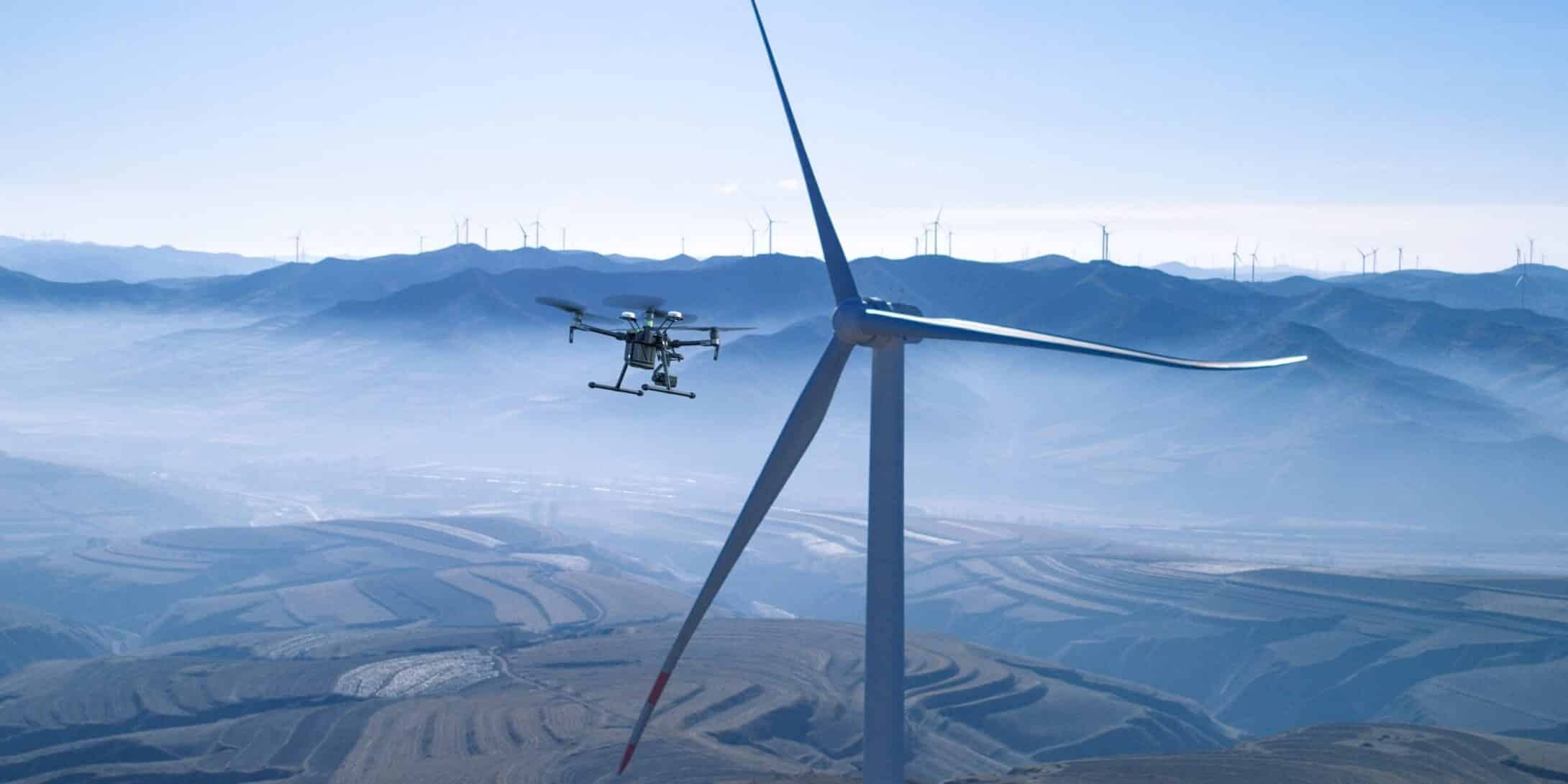

Wind turbine inspection
Traditional challenges in wind turbine inspection:
- Operations need to be interrupted for inspections, where crane lifting personnel approach the blades and record observation data, which is risky and time-consuming.
- Inspection data is qualitative records that may not be digitised, which can cause problems in record keeping and take longer from inspection to repair.
How drones inspect wind turbines:
- Automated flight paths can be configured to perform complete and repeatable inspections of wind turbines without risk to personnel safety.
- Drones can take close-up images of blade defects, such as cracks, water ingress, corrosion or rust, with a zoom camera without interrupting operations.
- The results of drone inspections are quantitative and digitised, making data analysis and record-keeping easy.
Inspection of the solar photovoltaic installation
- Inspection of solar panels from the ground can be slow and incomprehensible due to the limitations of perspective and handheld devices.
- Inspection data are qualitative records that may not be digitised, which can cause record keeping issues and take longer from inspection to repair.
- Automated flight paths can be configured to perform complete and repeatable inspections of solar farms without safety risks to personnel.
- Drones allow teams to view temperature readings and visible light images in real time, so any hot spots on photovoltaic components can be identified immediately.
- Data from drone inspections is digitised and ready for analysis or logging, significantly improving efficiency.
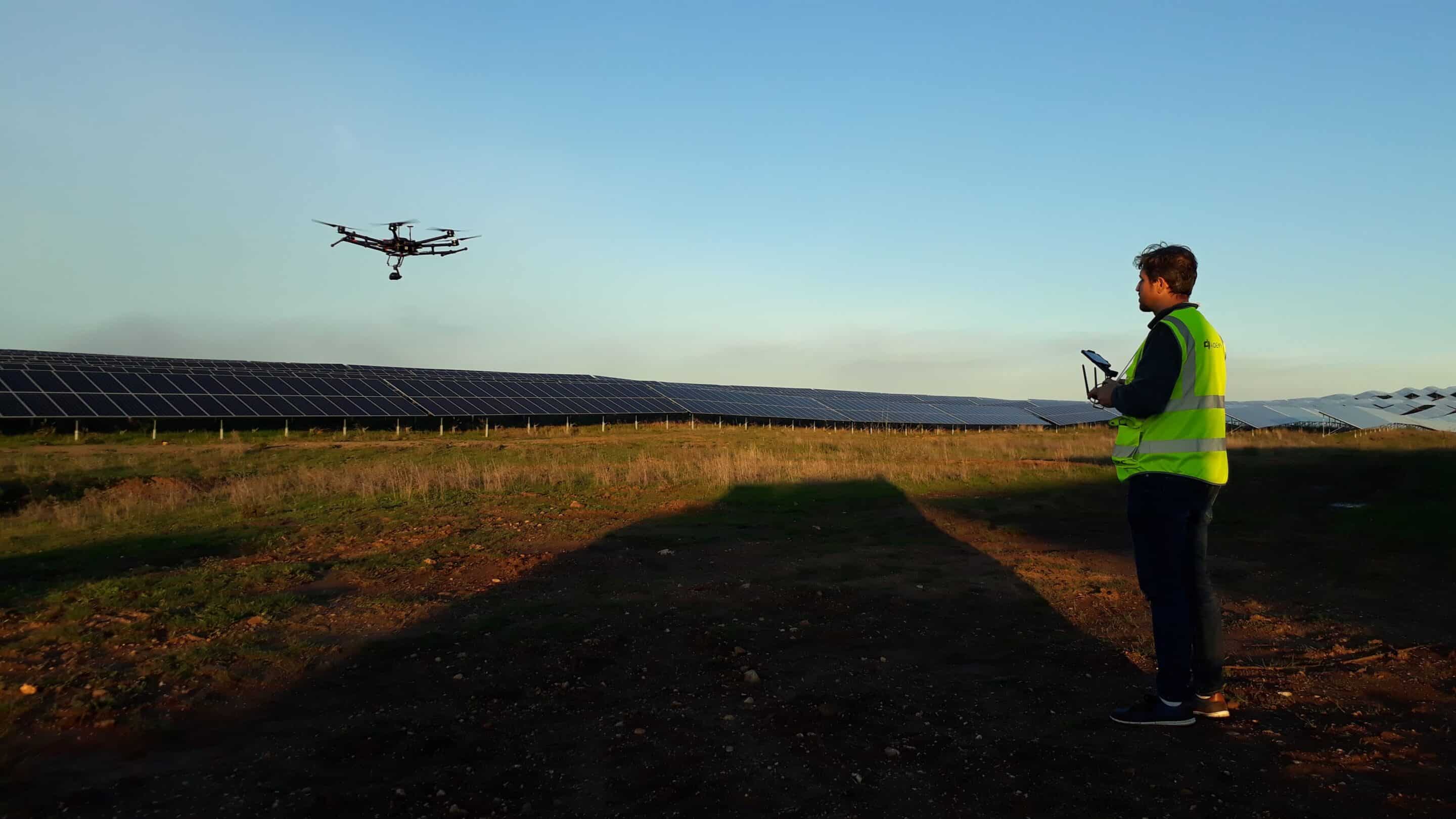
How do drones improve built plans?
Checking project details sometimes requires staff to climb poles, which can be dangerous and time-consuming.
- Drones provide full inspection data on structures such as transmission towers, covering multiple angles without losing any detail.
- Drones can be deployed quickly, saving time and labour while keeping personnel safe.


How do drones improve built plans?
Checking project details sometimes requires staff to climb poles, which can be dangerous and time-consuming.
- Drones provide full inspection data on structures such as transmission towers, covering multiple angles without losing any detail.
- Drones can be deployed quickly, saving time and labour while keeping personnel safe.
Overhead power line lashing
Manually setting up cables in rugged terrain such as rivers and valleys can be challenging, dangerous and time consuming.
Helicopters can be used, although they are expensive, have restrictions on take-off sites and can be dangerous for the operator.
Drones can carry and tie down power lines in mountain ranges and rivers, and are able to take off and land in flexible locations and operate at high altitude.
Drones can be controlled to operate with precision while following a defined flight path through obstacles, increasing flexibility and operational safety.
Drones are efficient and cost-effective, especially for remote regions.
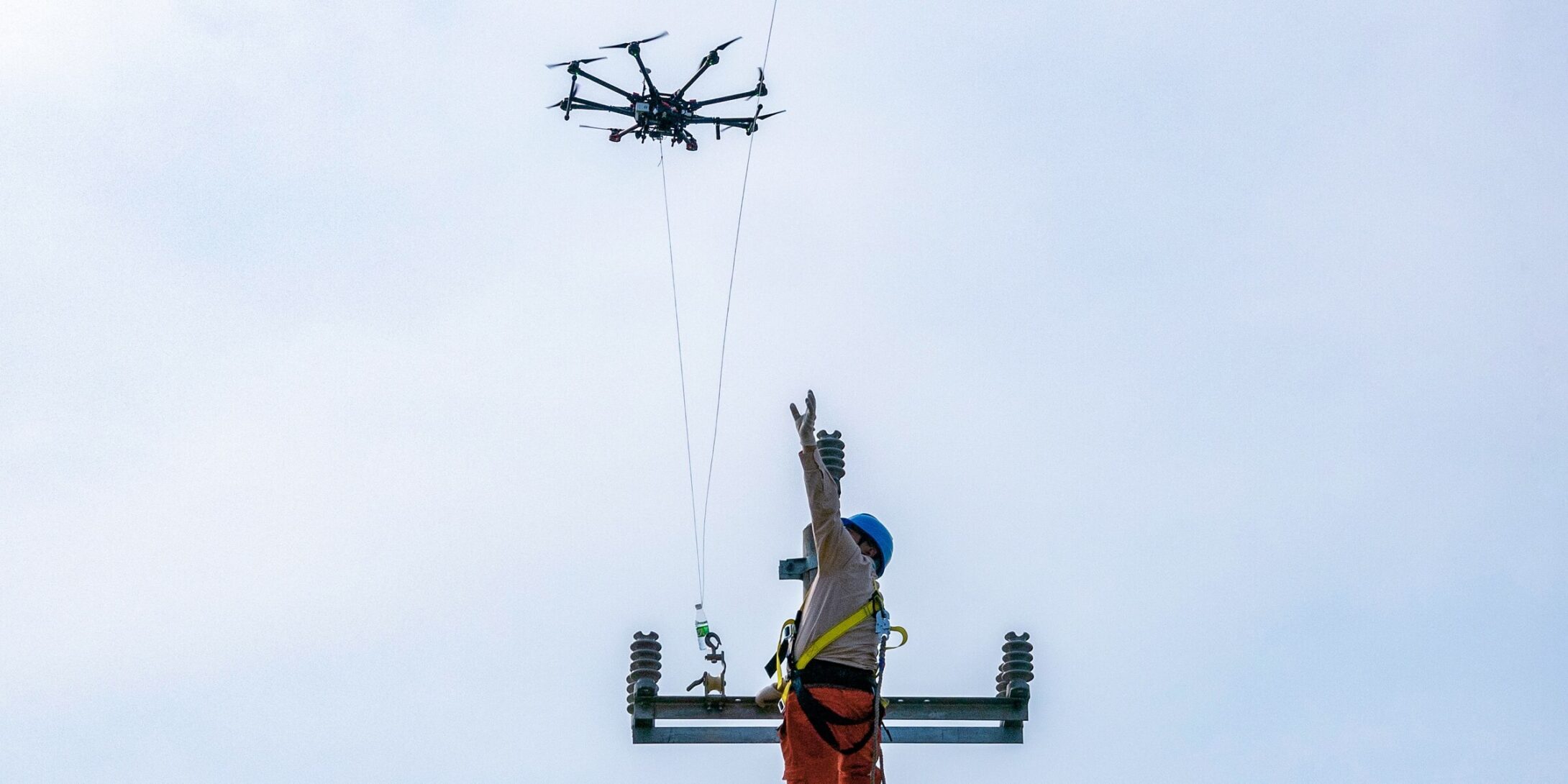
ENTERPRISE SOLUTIONS
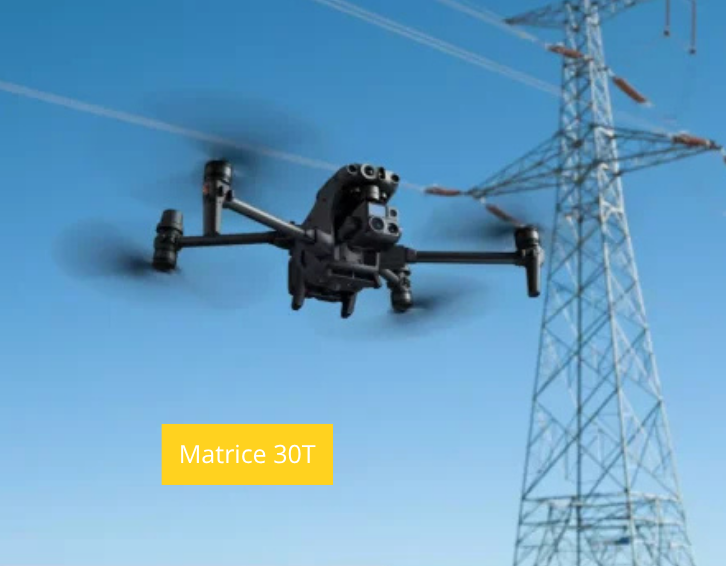
Matrice 30T
1x DJI Matrice 30
4x Batteries
1x Charger
1x RC Plus
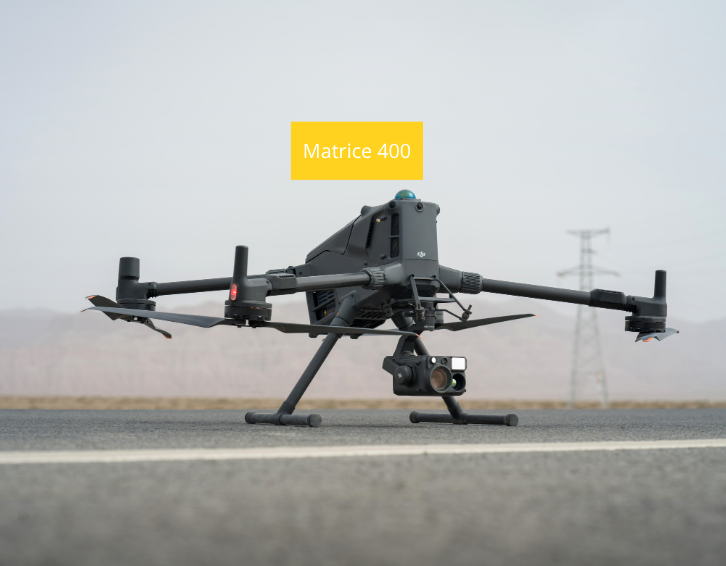
Matrice 400
1x DJI Matrice 400
1x BS100 Charging Station
1x TB100 Battery
1x Carrying Case
2x Propellers (pair)
6x Propellers, washers, and screws
1x Remote Controller
1x Power Cable
1x Handle and remote control holder
1x WB37 Intelligent Battery
2x Landing Gear
1x USB-C to USB-C Cable
4x Screws
1x Cleaning Tools
1x Rubber covers for doors and screws
4x Gimbal Damper
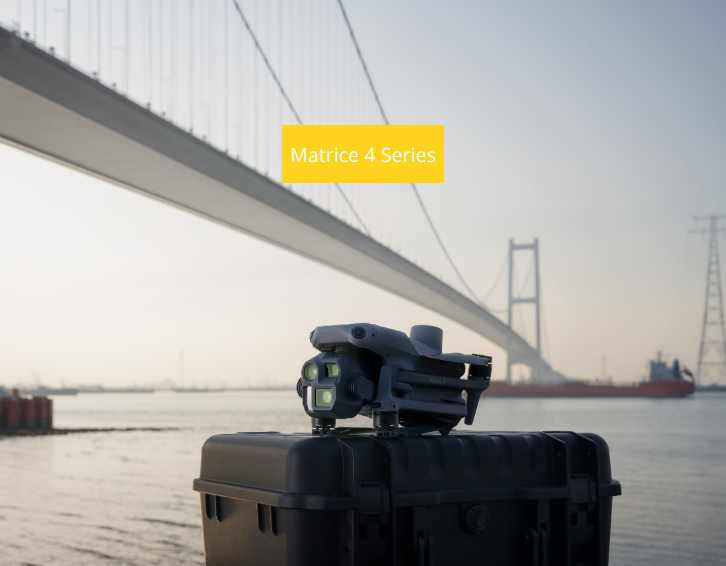
Matrice 4 series
1× DJI Matrice 4E
1x DJI Matrice 4 Series Battery
1x DJI RC Plus 2 Enterprise
1x DJI 100W USB-C Power Adapter
1x DJI Matrice 4 Series Charging Station
1x microSD card
1x DJI Matrice 4E gimbal protector
1x DJI Cellular Dongle 2 Pry Bar
1x DJI Matrice 4 Series Propellers
1x 100 W AC power cable
1x USB-C to USB-C data cable
1x USB-A to USB-C data cable
1x DJI Matrice 4 Series Storage Case
1x Shoulder strap for DJI Matrice 4 Series storage case
FREQUENT QUESTIONS
How are drones used to inspect wind turbines?
With the growth of wind energy, drones are increasingly being used to check wind turbine defects and damage. As turbine repairs are incredibly expensive, along with lost revenue due to downtime from damage, early inspection and analysis is essential.
How can drones be used in renewable energy?
Wind turbines will be one area where there will be considerable evolution. Companies can launch drones to take 3D images near wind blades to find out if there are any imperfections, without having to stop the turbines. Today, that work is done by attaching people to cables and hanging them from wind turbines.
Do drones compete with traditional inspection methods?
No. The use of drones allows for efficient and fast inspections in which high-quality data from high-risk environments can be acquired. Once the initial inspection has been carried out, such as locating a fault on a wind turbine, it will always be necessary to send a vertical worker to carry out the mechanical repair. Think of drones as a part of the toolbox, which you have the power to deploy when needed, when you want a quick inspection without risk or high costs.
What budget do I need to come up with a drone solution?
We can offer you a complete drone inspection solution, including all the training, hardware, software and ongoing support you need. Talk to us.



